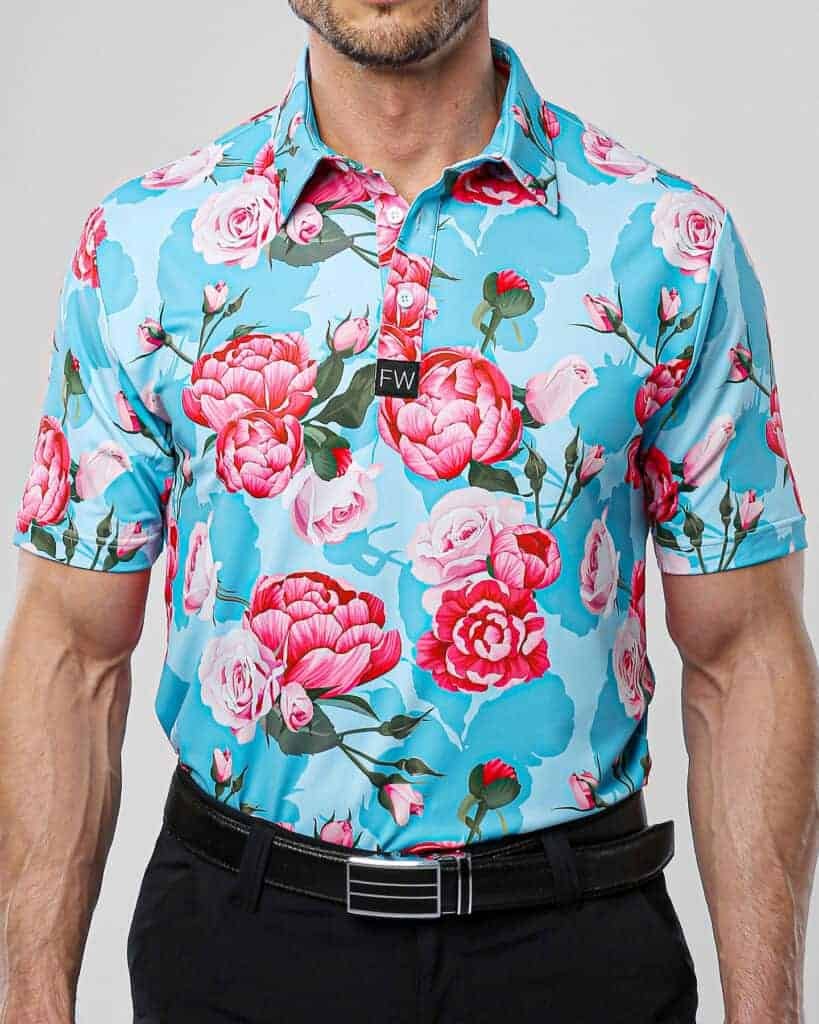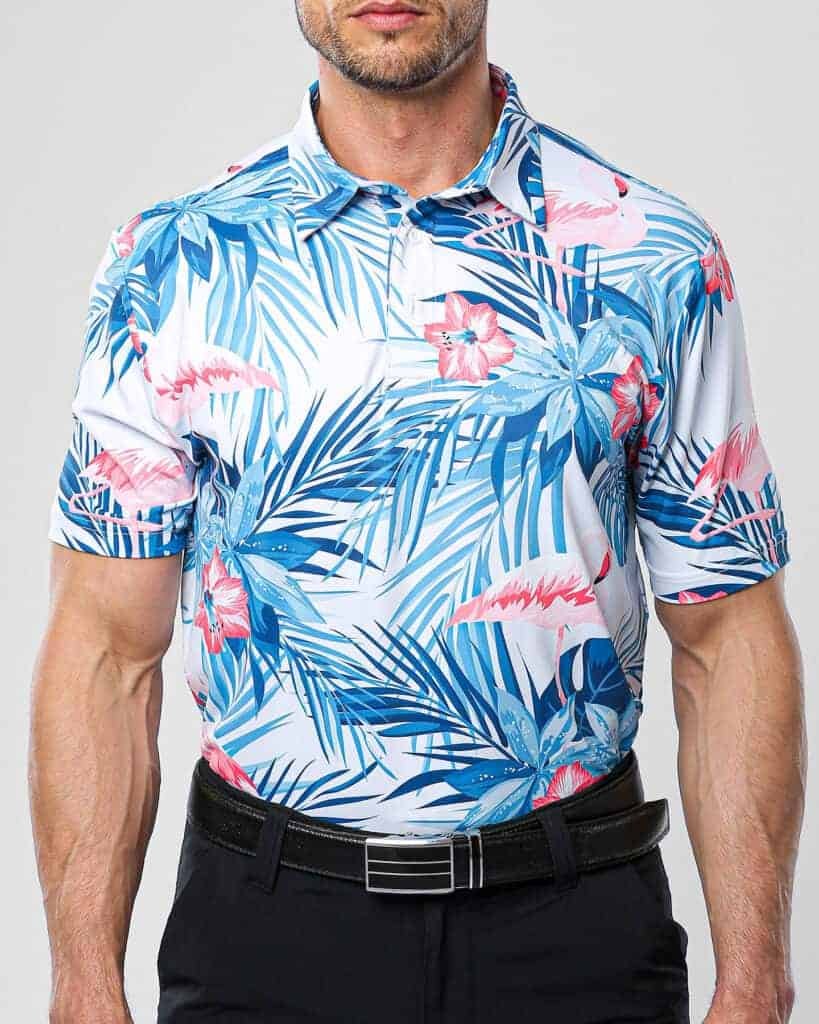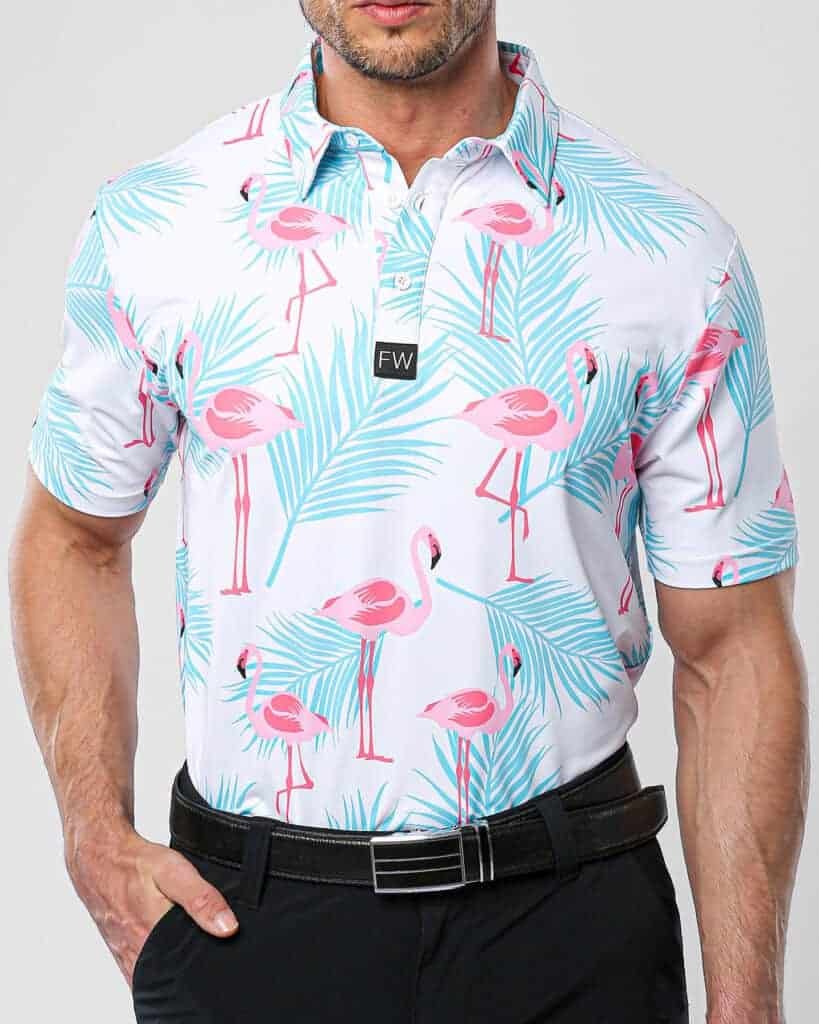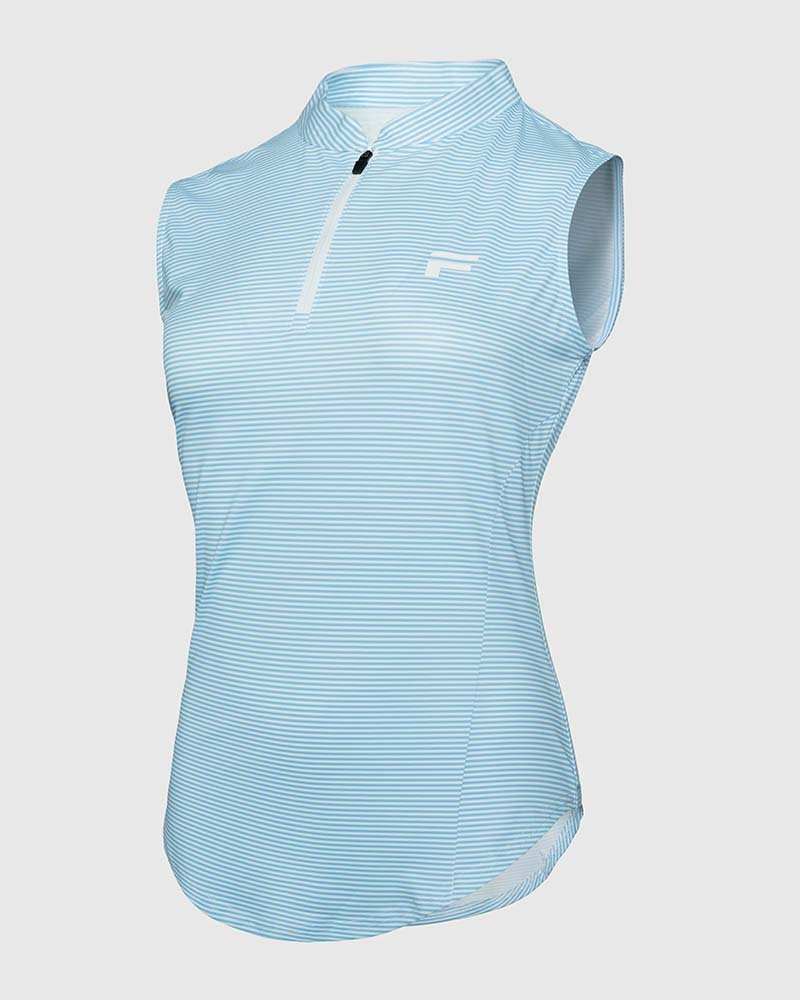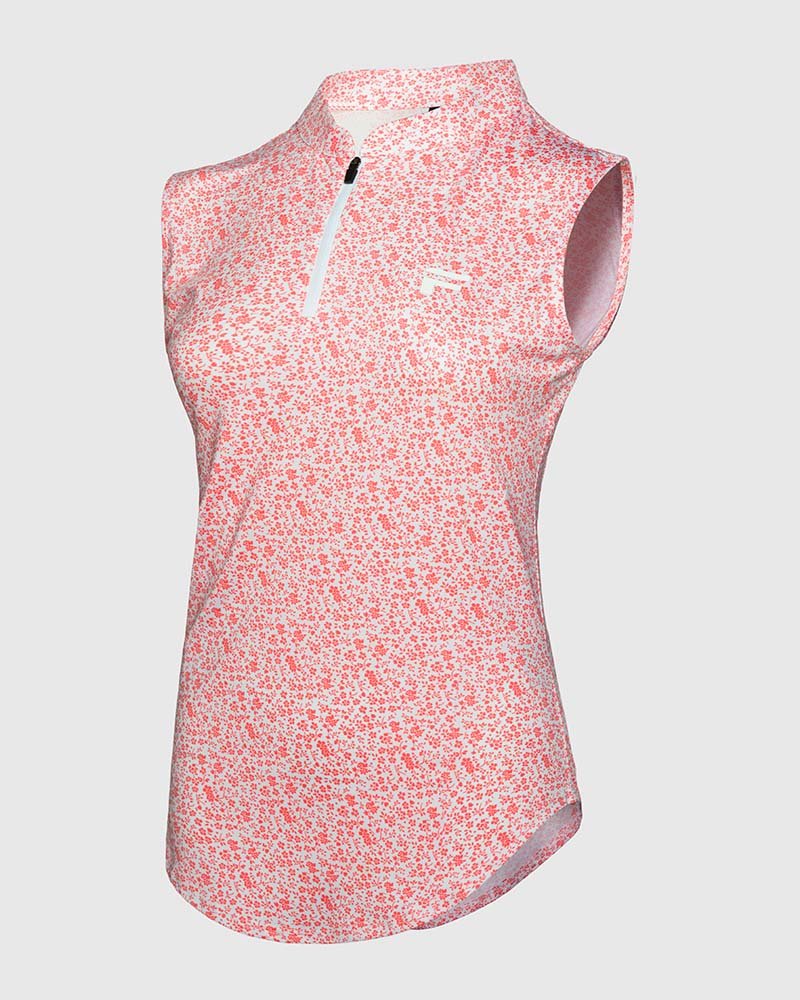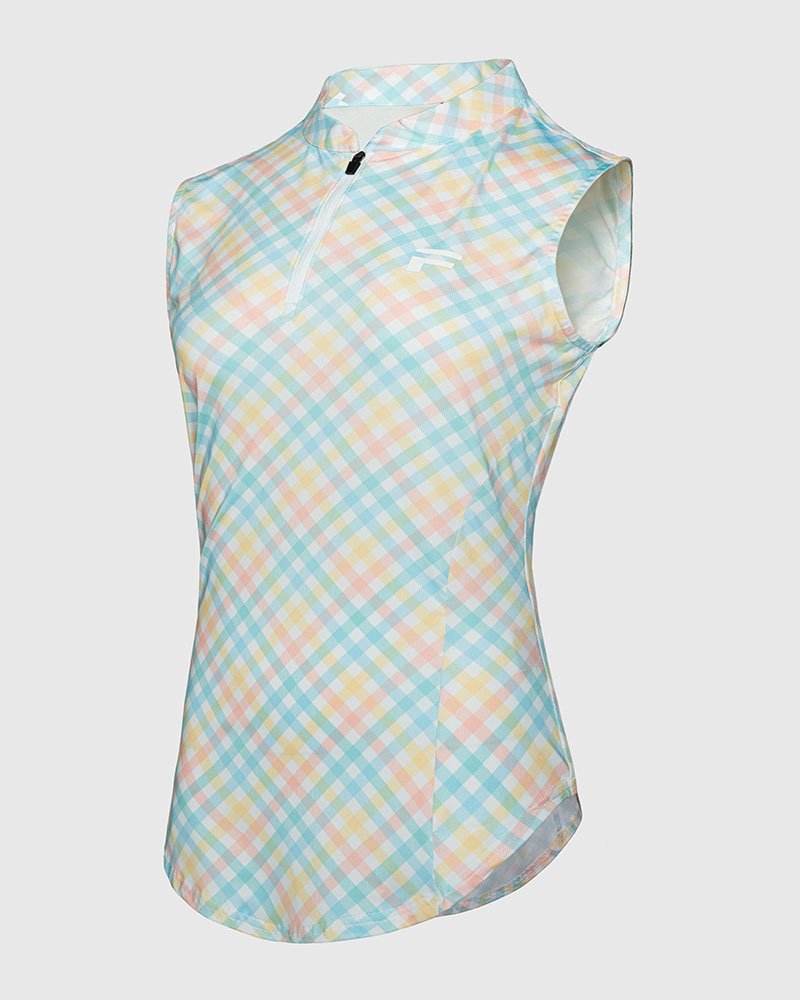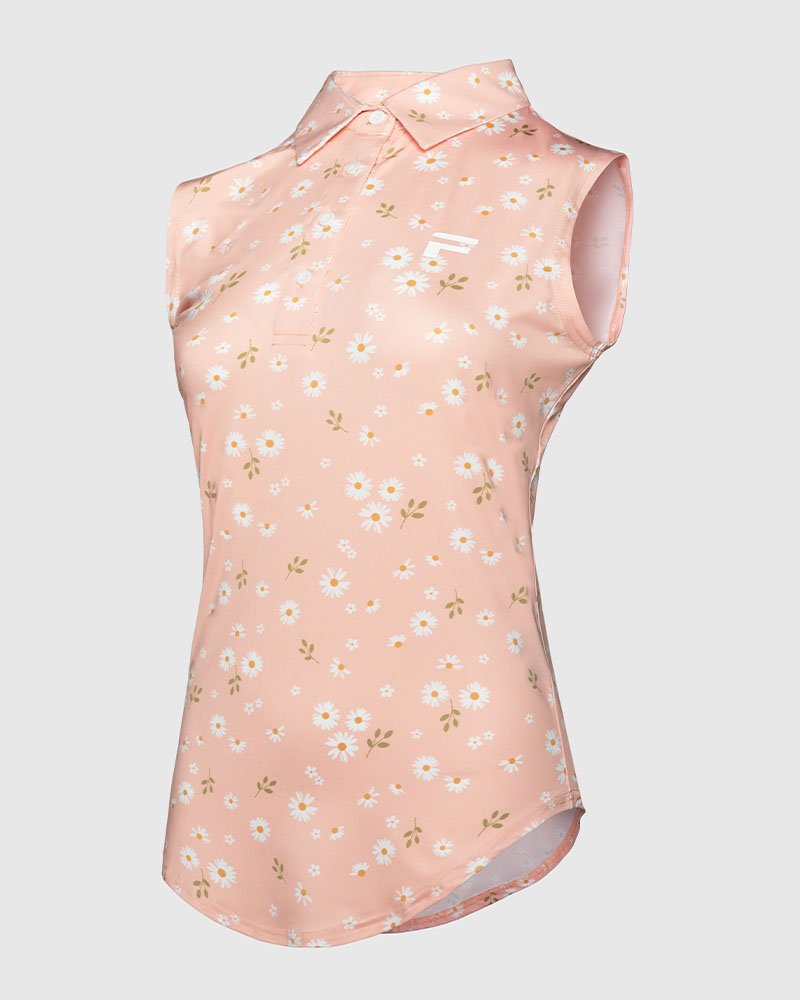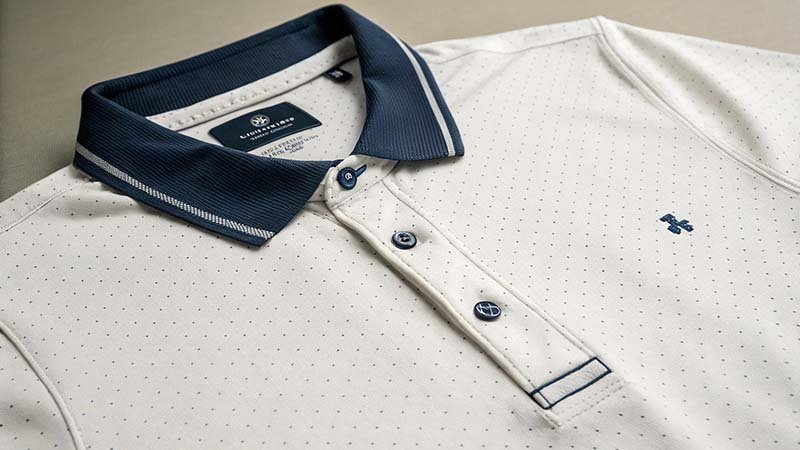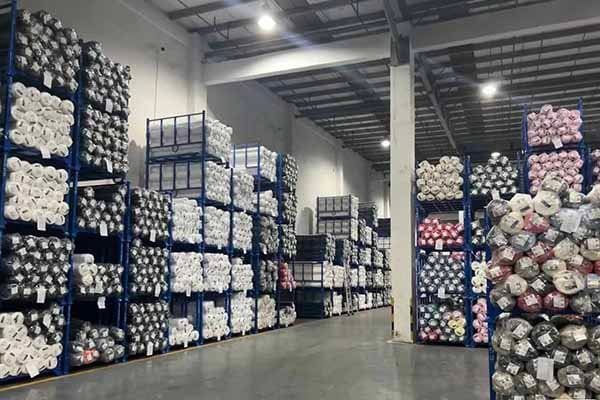
Eco-friendly fabrics like organic cotton, recycled polyester, and bamboo fibers are transforming the fashion industry, especially in sportswear and golf apparel. These materials offer sustainable alternatives to conventional fabrics, addressing both environmental and performance concerns, but each comes with unique benefits and challenges.
Organic cotton is breathable and biodegradable but more expensive, while recycled polyester is durable and moisture-wicking, though it contributes to microplastic pollution. Bamboo fibers are sustainable and soft but often require chemical processing. Choosing the right eco-friendly fabric for golf apparel involves balancing sustainability, comfort, and performance needs.
Organic Cotton

Pros:
- Sustainable Farming Practices: Organic cotton is grown without synthetic pesticides or fertilizers, making it much better for the environment compared to conventional cotton. This reduces soil degradation and water contamination.
- Breathability: Organic cotton is known for being breathable and soft, making it a great option for golf apparel that needs to be comfortable and lightweight.
- Biodegradable: As a natural fiber, organic cotton is biodegradable, which means it will break down in landfills without releasing toxic chemicals.
- Reduced Water Consumption: While cotton still requires significant water, organic farming methods tend to use less water than conventional cotton farming.
Cons:
- Higher Costs: Organic cotton is typically more expensive to produce due to the need for more sustainable farming practices. This can result in higher costs for manufacturers and consumers.
- Limited Availability: There is a limited supply of certified organic cotton, which can make it harder to source in large quantities for manufacturers.
- Durability Concerns: Organic cotton can sometimes be less durable than conventional cotton due to the absence of synthetic chemicals, although this can be mitigated by advanced weaving techniques or blends with other fibers.
Insight: From my experience in the golf apparel industry, organic cotton is a popular choice for brands aiming to align with sustainability goals. It is especially favored for casual or off-course golf apparel, such as polos and shirts, due to its softness and comfort. However, when it comes to performance apparel that needs to withstand more intense weather conditions, we often blend organic cotton with other materials for better durability.
Recycled Polyester
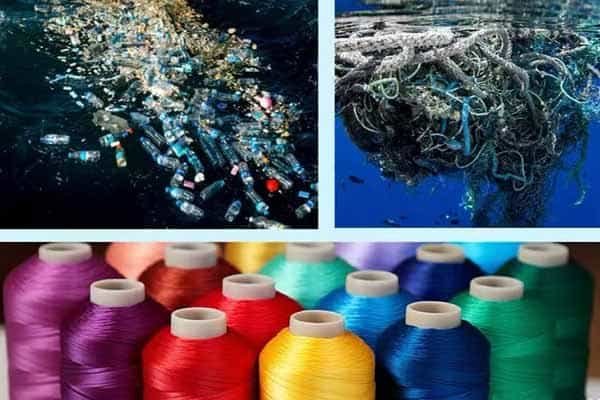
Pros:
- Waste Reduction: Recycled polyester is made from post-consumer plastic bottles or post-industrial waste, so it helps divert waste from landfills. This makes it a highly sustainable choice for fabric.
- Durability and Performance: Polyester is known for its strength, resistance to wrinkles, and moisture-wicking properties. Recycled polyester retains these characteristics, making it ideal for high-performance golf apparel.
- Quick Drying: It dries much faster than natural fibers, which is essential in golf, where players may need to be active in various weather conditions.
- Reduced Carbon Footprint: The production of recycled polyester uses less energy and emits fewer greenhouse gases than virgin polyester, contributing to its environmental benefits.
Cons:
- Microplastic Pollution: Even though it's recycled, polyester still contributes to microplastic pollution when washed, as fibers can shed into waterways.
- Limited Recycling Cycles: While recycling polyester reduces the need for virgin materials, the process isn't infinite. Over time, the fibers degrade, and the fabric may need to be replaced with new polyester or another material.
- Less Breathable: Polyester isn't as breathable as natural fibers, which can lead to discomfort during intense activities, especially in warm climates.
Insight: Recycled polyester has gained significant traction in the golf apparel sector due to its durability and performance benefits. As a material that holds its shape well and offers moisture-wicking capabilities, it is often used for golf shirts, jackets, and pants. However, it can sometimes feel less comfortable in extremely hot conditions, which is why many brands are experimenting with blending it with natural fibers like organic cotton for better comfort.
Bamboo Fibers
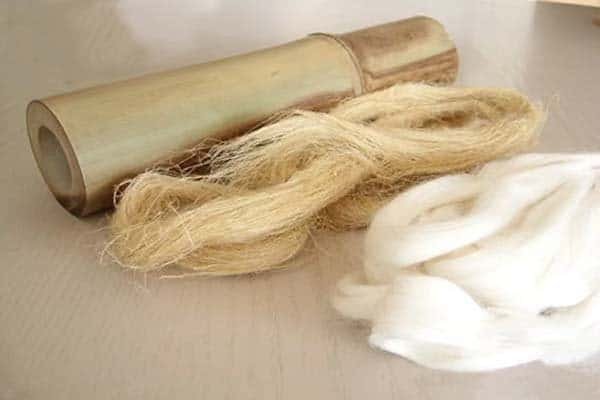
Pros:
- Eco-Friendly Farming: Bamboo is one of the fastest-growing plants on the planet, requiring little water and no pesticides. It's highly renewable, making it a very sustainable resource.
- Antibacterial Properties: Bamboo fibers have natural antibacterial and antimicrobial properties, which make them a great option for activewear. This is especially useful in golf apparel, where players can experience long hours outdoors.
- Softness and Comfort: Bamboo fabric is incredibly soft, almost silk-like in texture, making it comfortable to wear during physical activities. It also provides excellent moisture-wicking properties, which is crucial for golf players in hot and humid environments.
- Biodegradable: Like organic cotton, bamboo fibers are biodegradable, adding to its sustainability.
Cons:
- Chemical Processing: While bamboo itself is sustainable, the process of turning it into fabric (especially rayon) often involves toxic chemicals like sodium hydroxide and carbon disulfide. This can offset the eco-friendly benefits unless the bamboo is processed using more sustainable methods (e.g., bamboo linen).
- Durability Issues: Bamboo fibers can sometimes be less durable compared to synthetic fabrics or even organic cotton. This may impact the lifespan of the fabric, especially in areas where there is high friction, like underarms or knees.
- Cost: Bamboo fabrics can be relatively expensive to produce, especially if processed using eco-friendly methods, which can increase the cost of the final product.
Insight: Bamboo fibers are an exciting material in the golf apparel market, particularly for off-course wear like activewear and loungewear. It offers great comfort and has antibacterial properties that help keep garments fresher for longer. However, brands need to be mindful of the processing methods used, as some bamboo fabrics are chemically treated, which can negate the sustainability angle. When sourcing bamboo fabrics, look for those made with environmentally-friendly processes to ensure it aligns with true eco-friendly principles.
Conclusion
Each eco-friendly fabric comes with its unique set of advantages and challenges. Organic cotton is great for softness and sustainability but can be more expensive. Recycled polyester offers high durability and performance but contributes to microplastic pollution. Bamboo fibers are a sustainable, soft alternative but often require chemical processing to become fabric.
As sustainability becomes increasingly important in the golf apparel industry, finding the right balance between eco-friendliness, performance, and comfort is crucial. Manufacturers need to carefully consider the properties of each material and how they can be used in combination to meet the demands of eco-conscious consumers while delivering high-quality, functional garments.
In the future, I expect to see more innovation in the blending of these materials to improve the overall functionality and eco-friendliness of golf apparel, offering players a product that’s not only high-performance but also kind to the planet.



